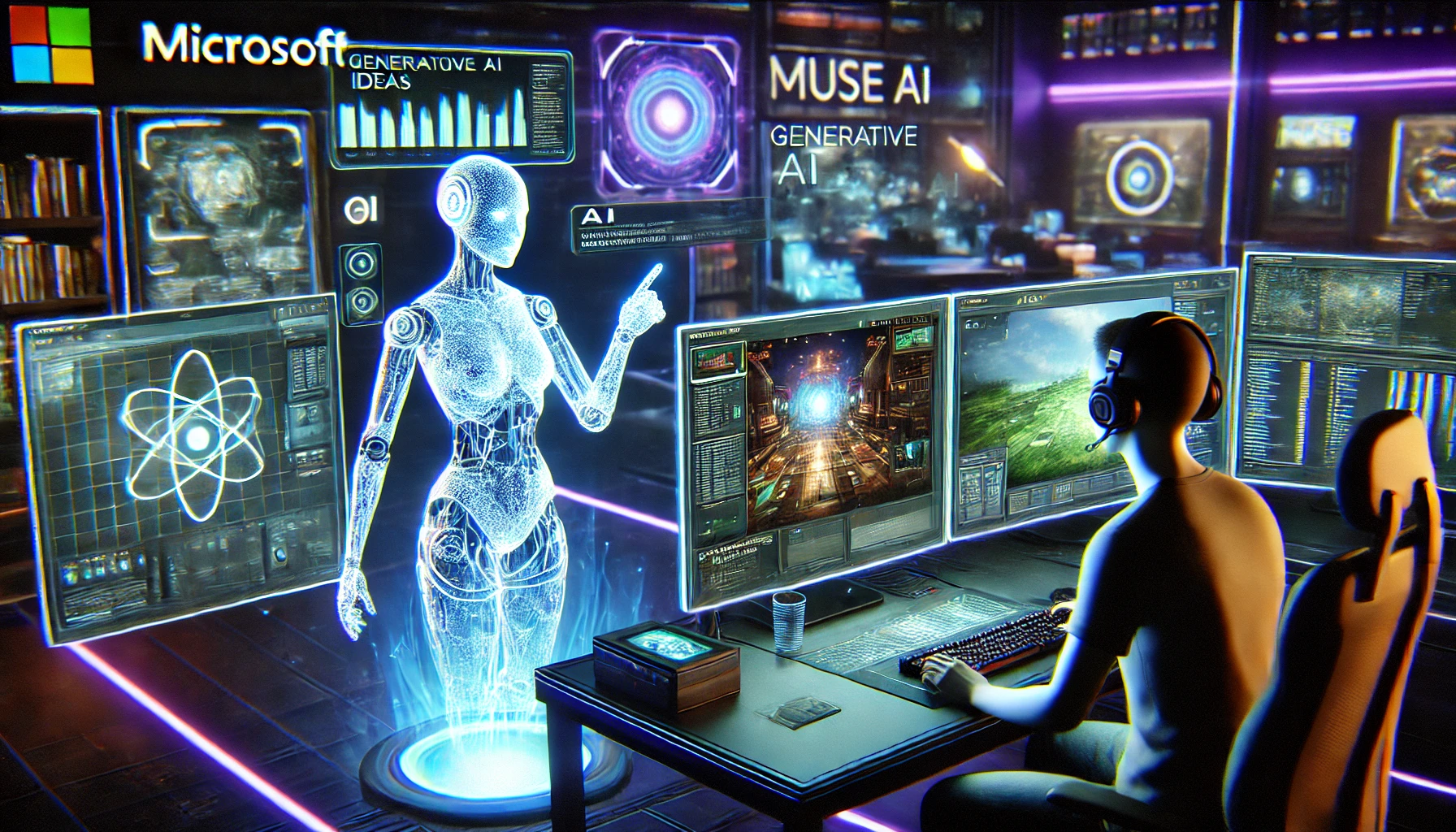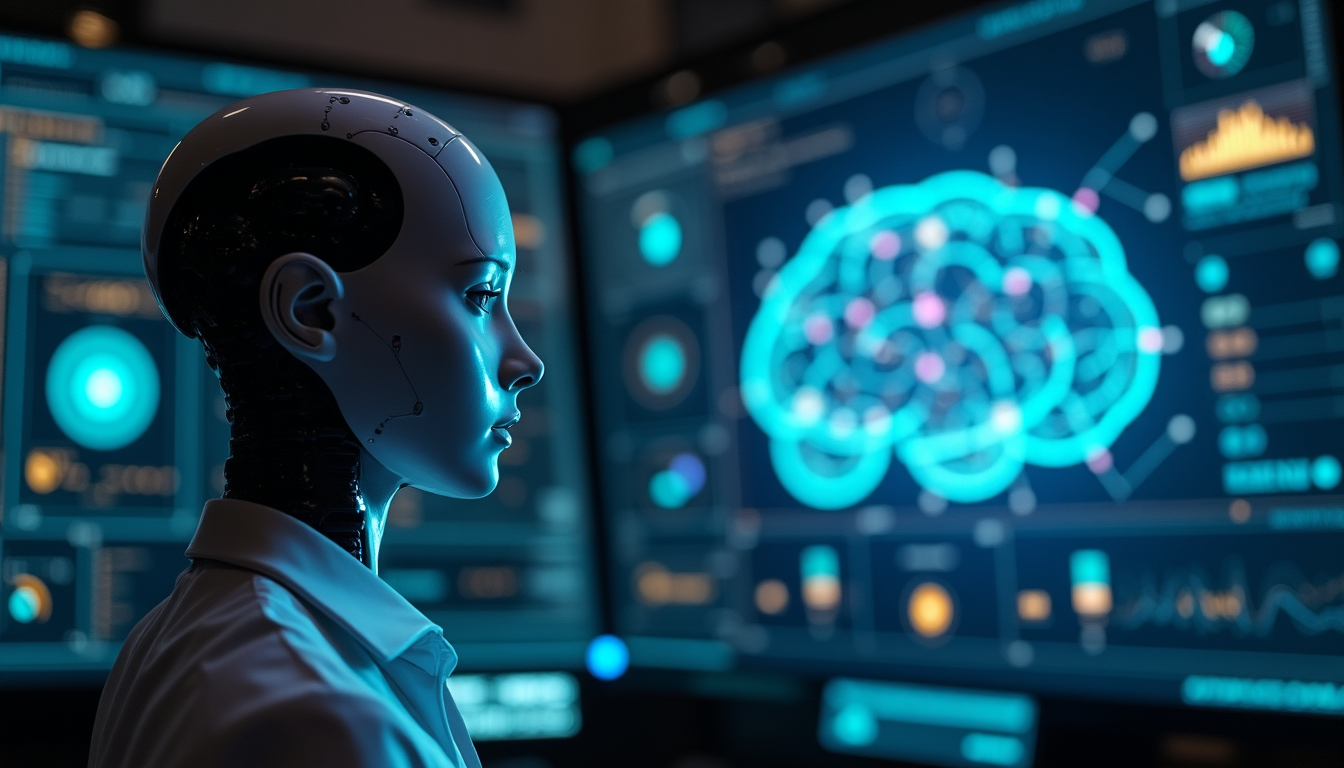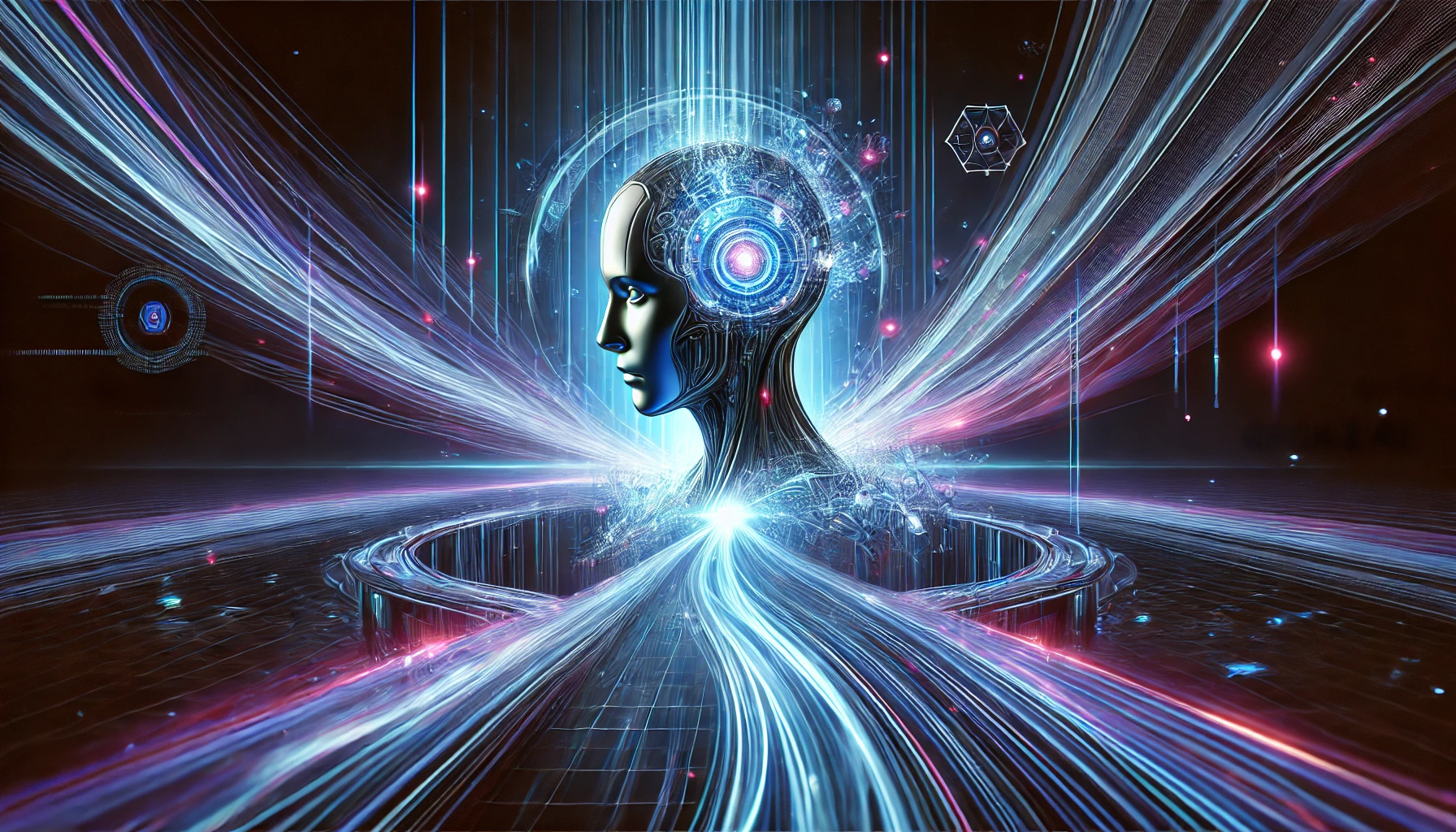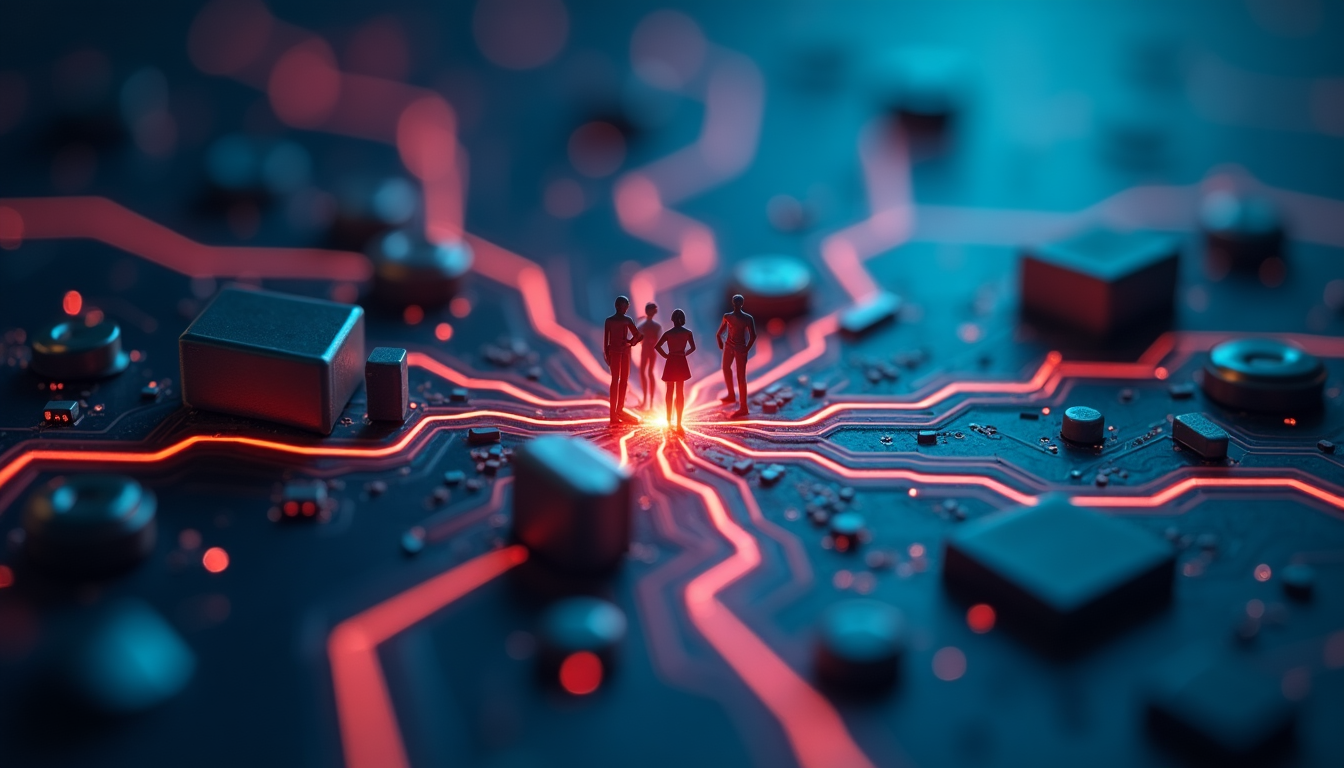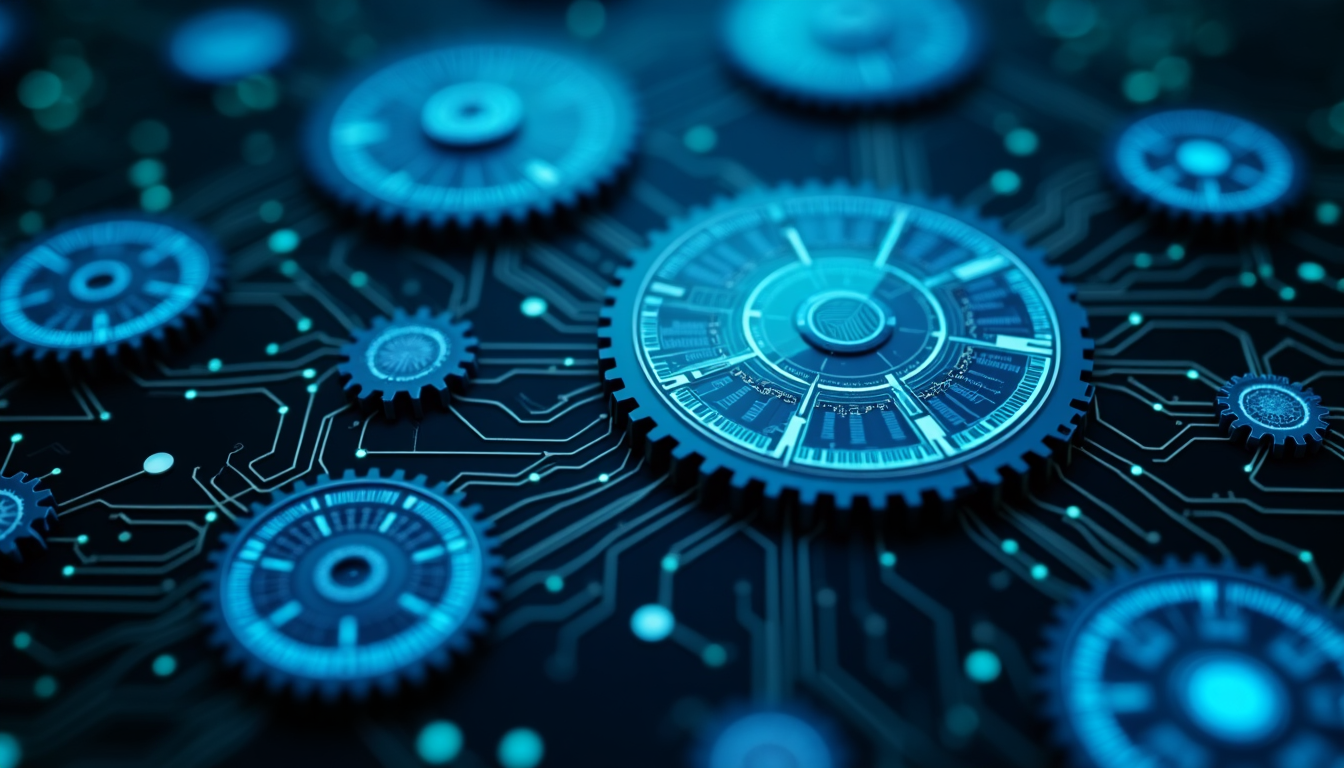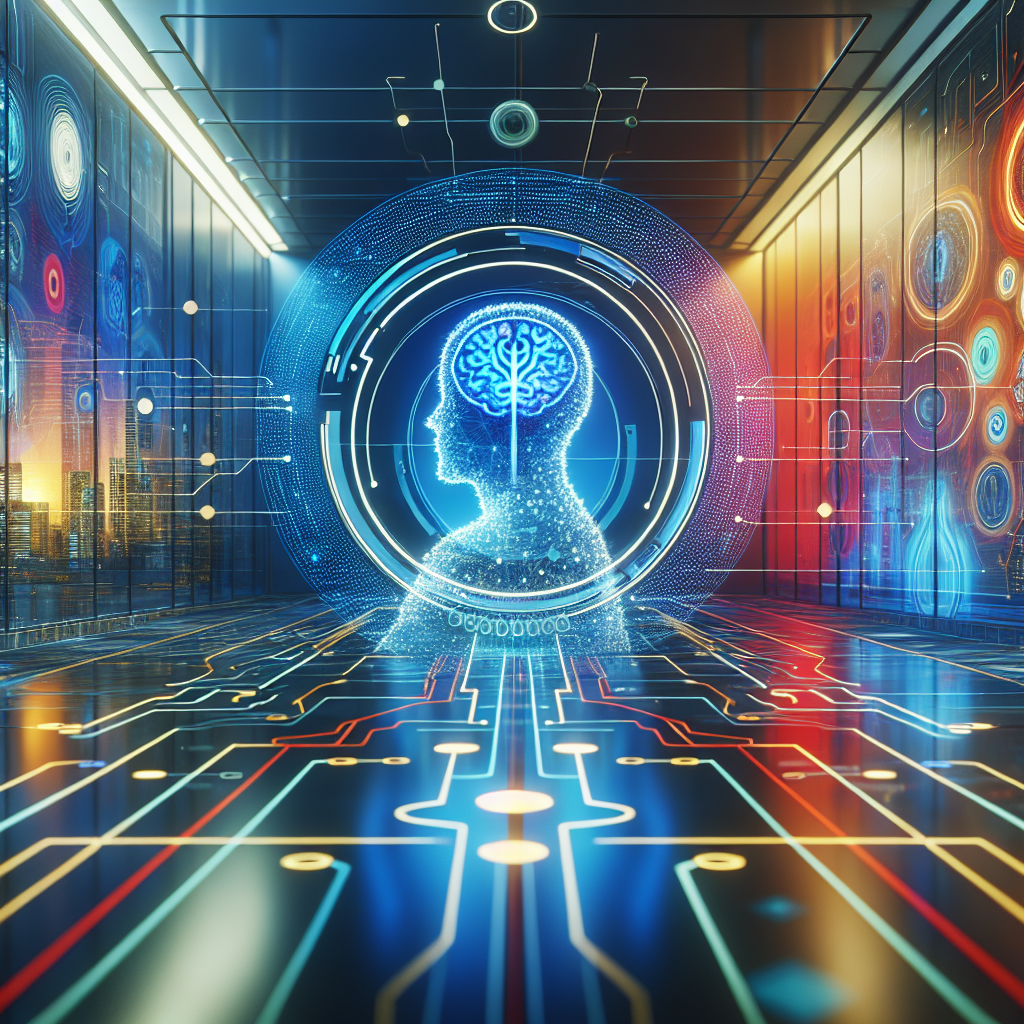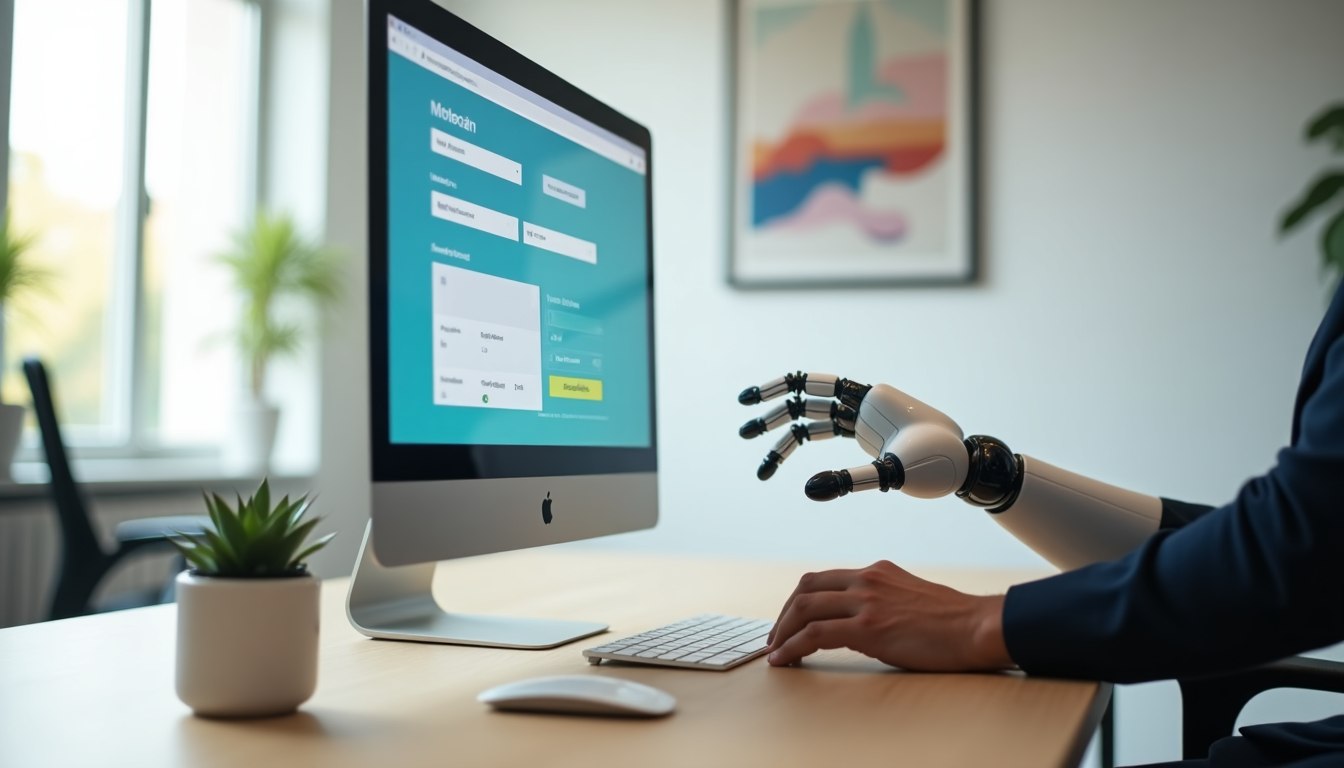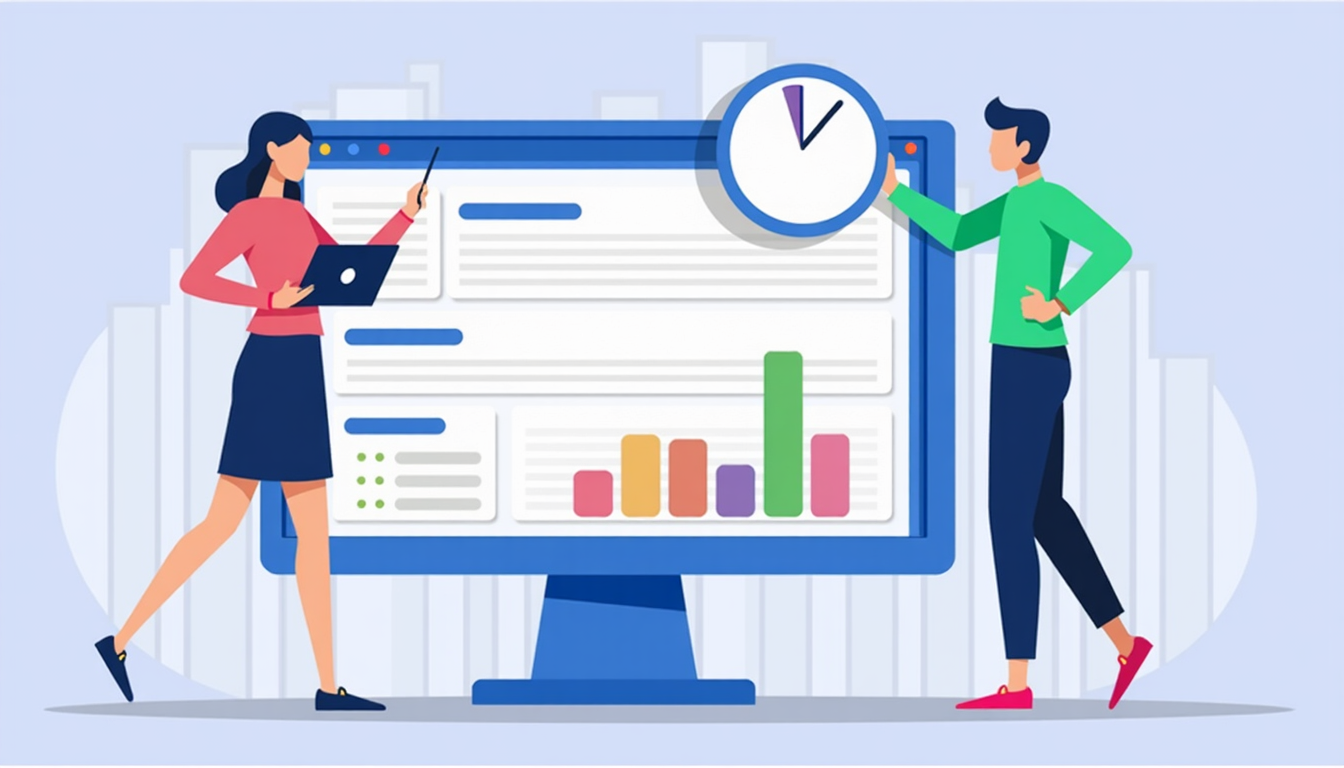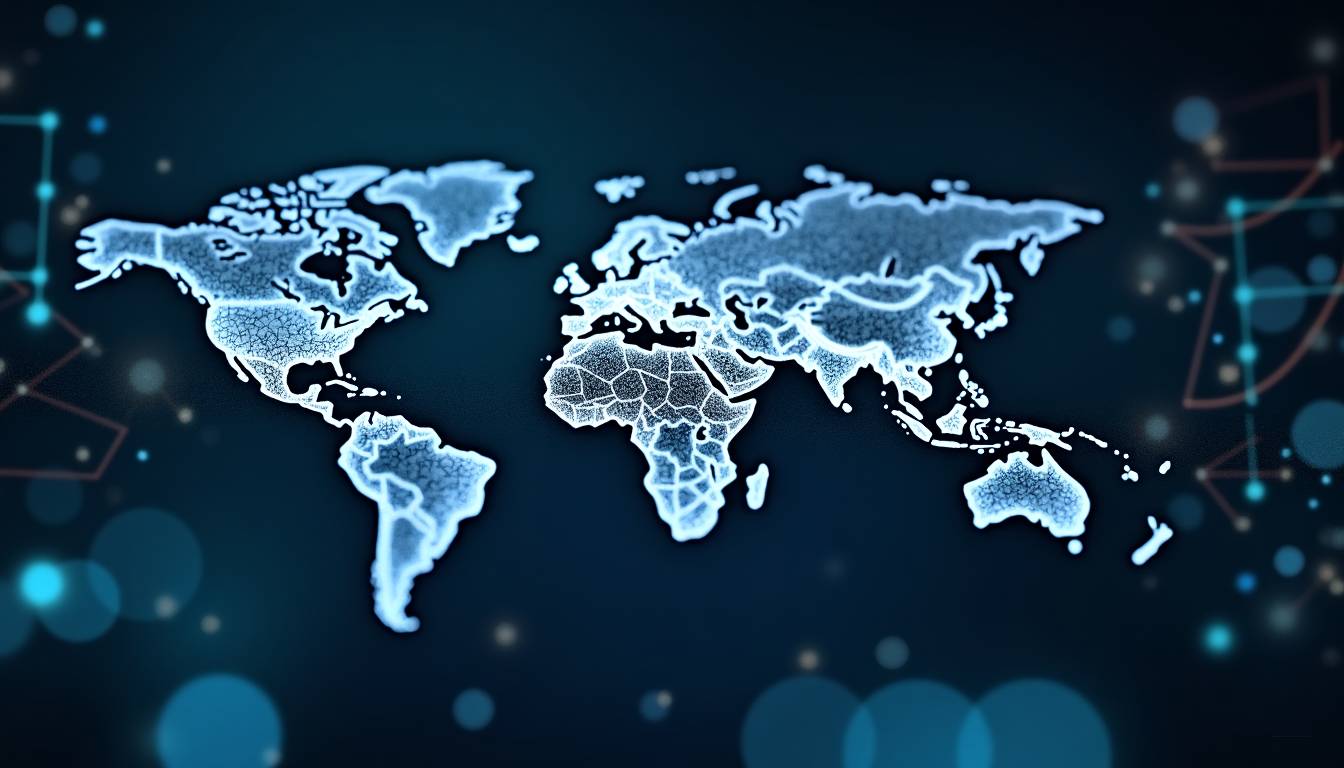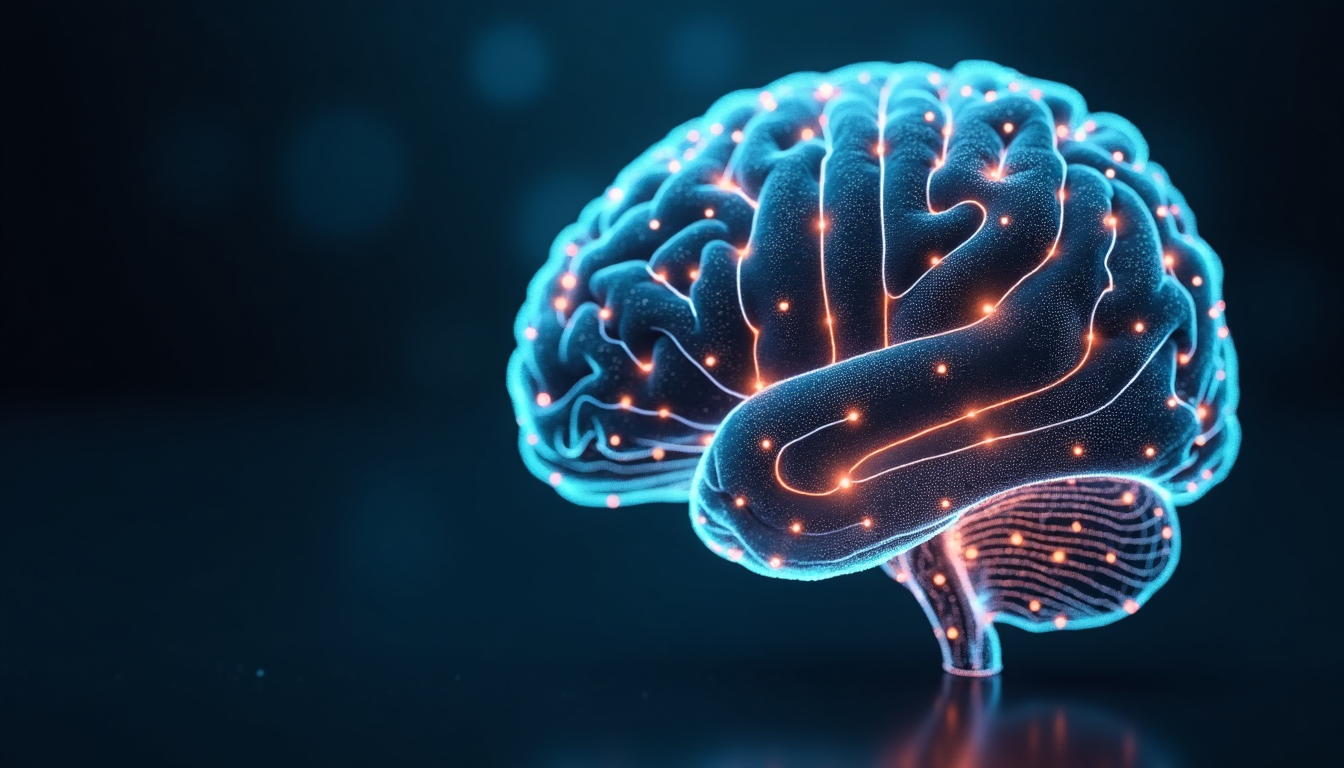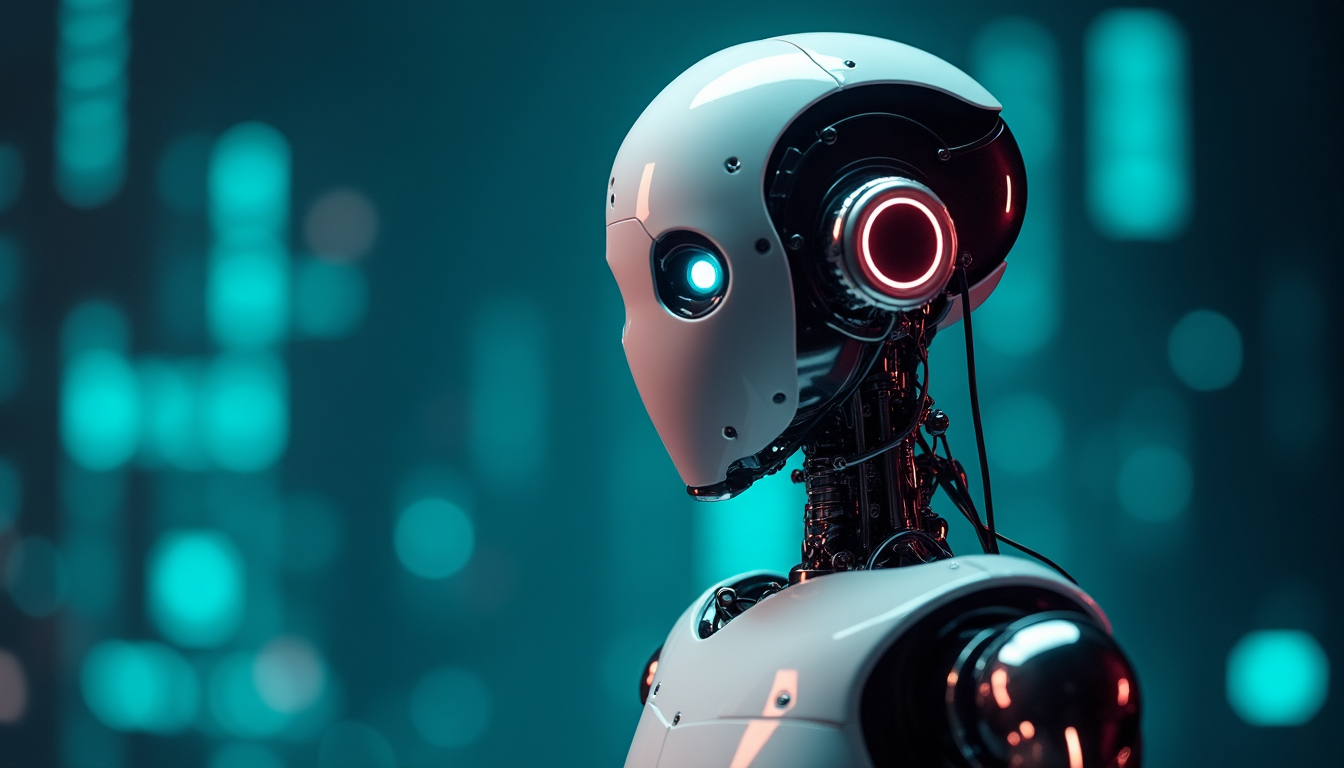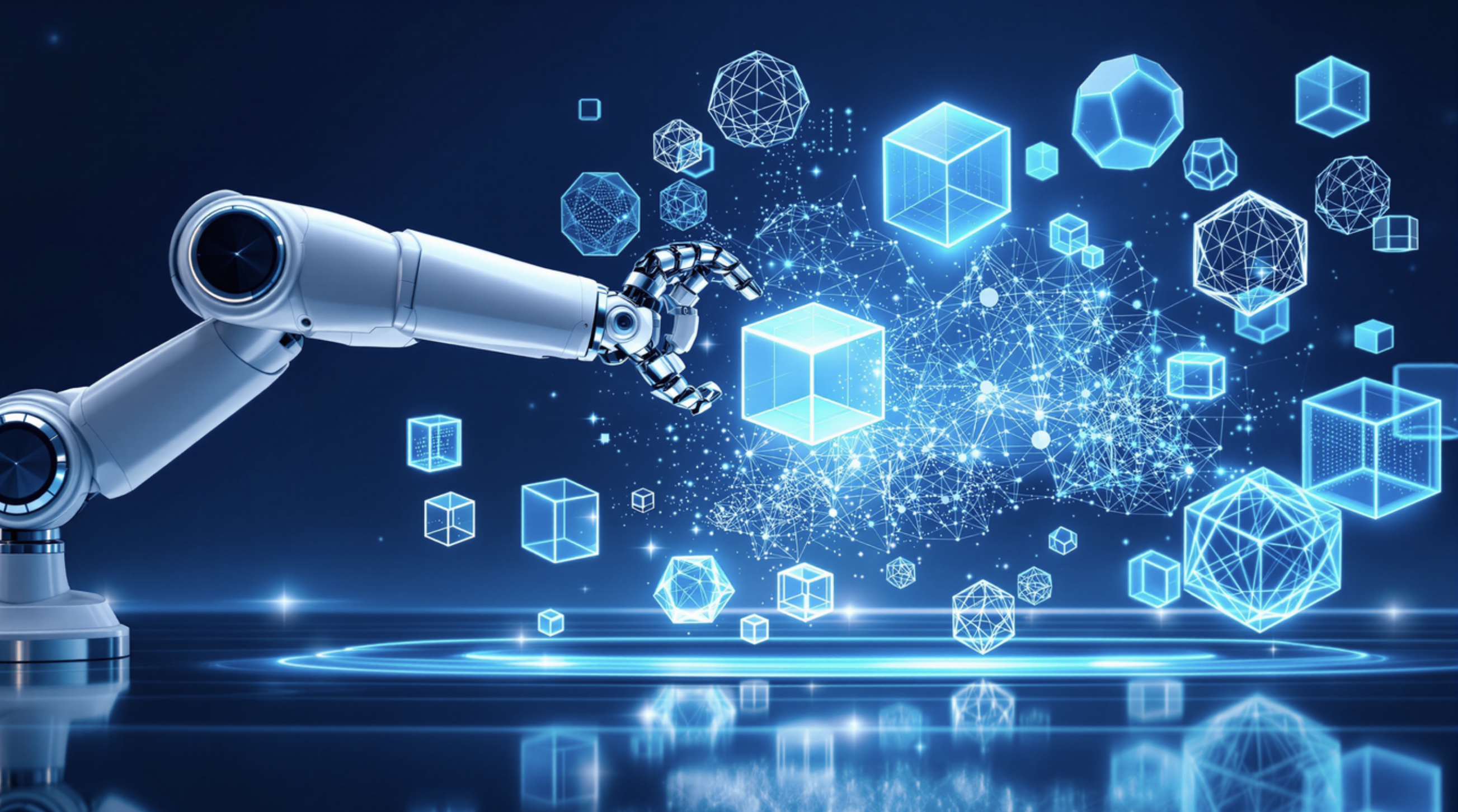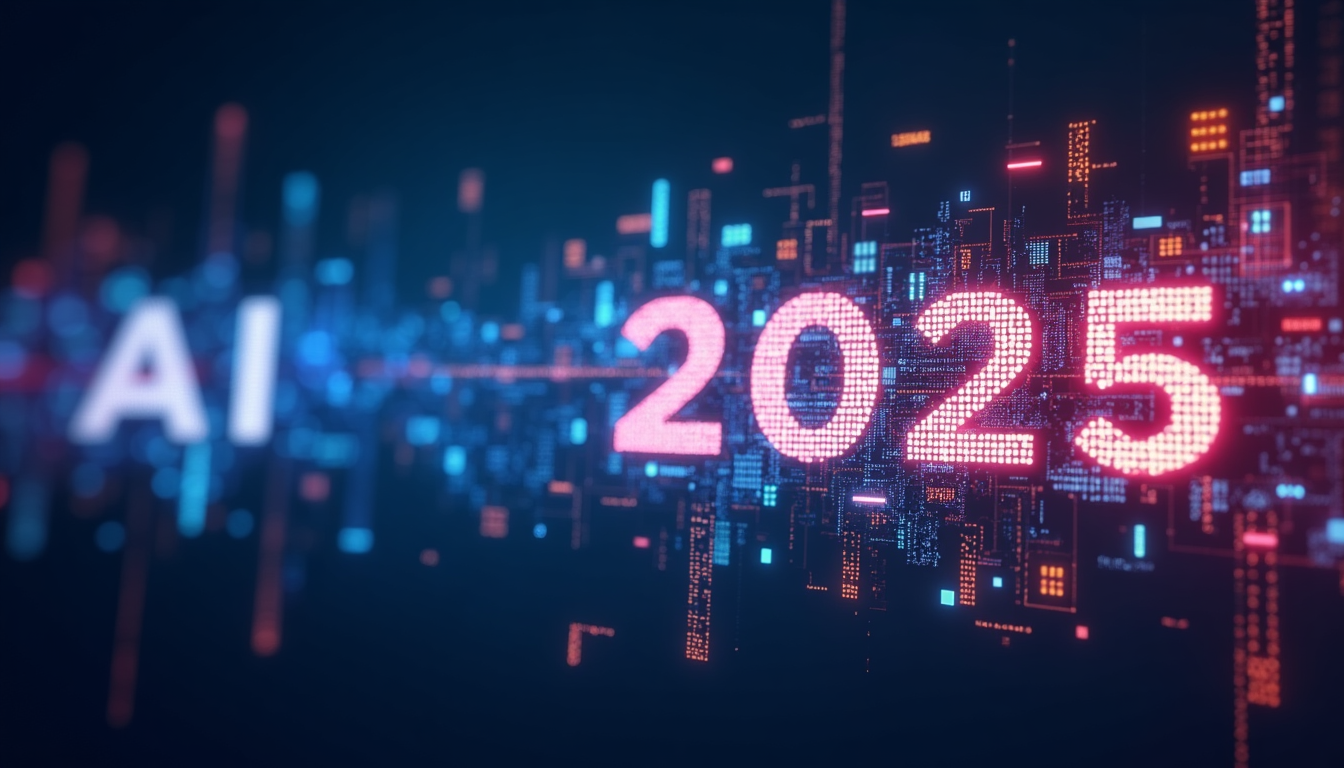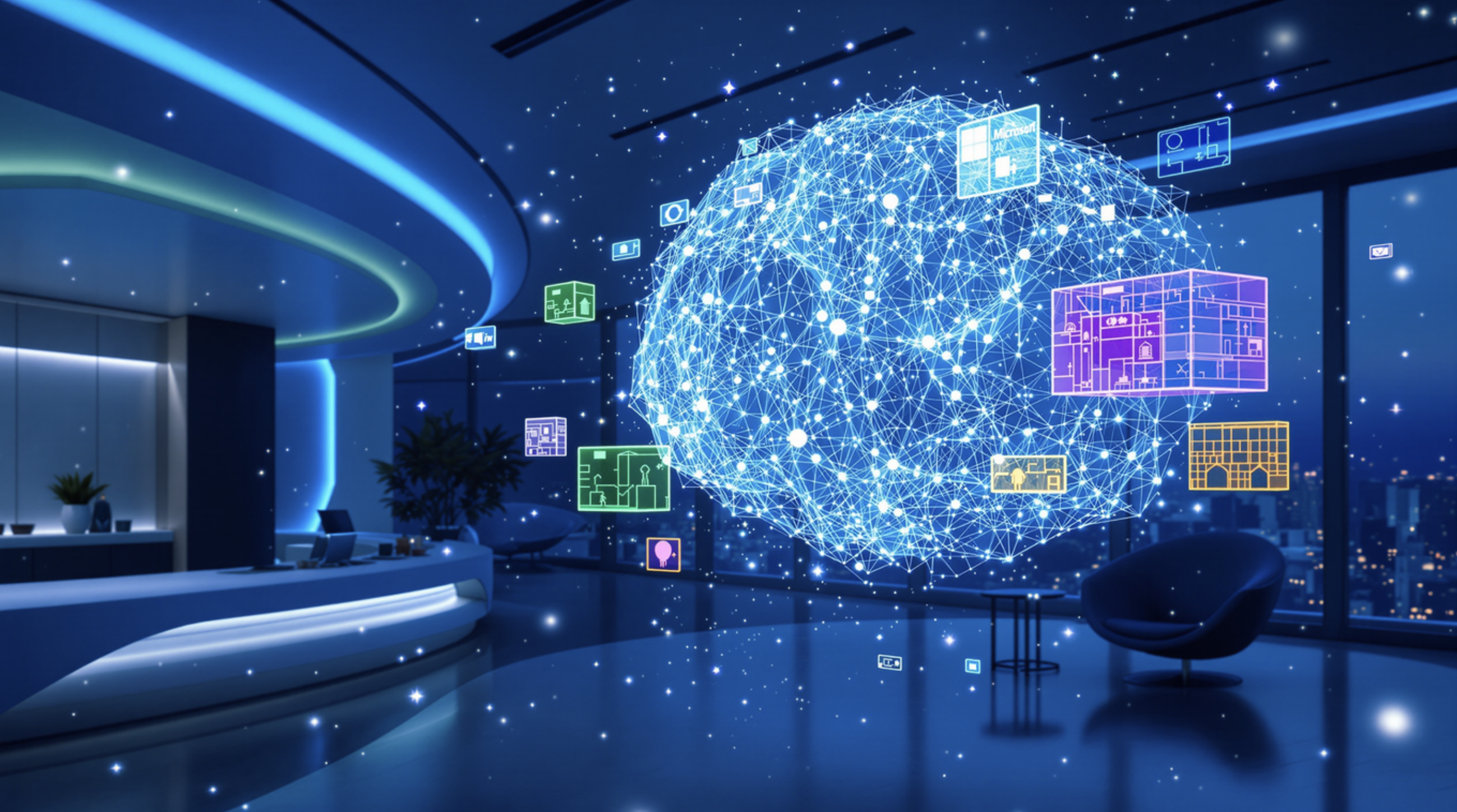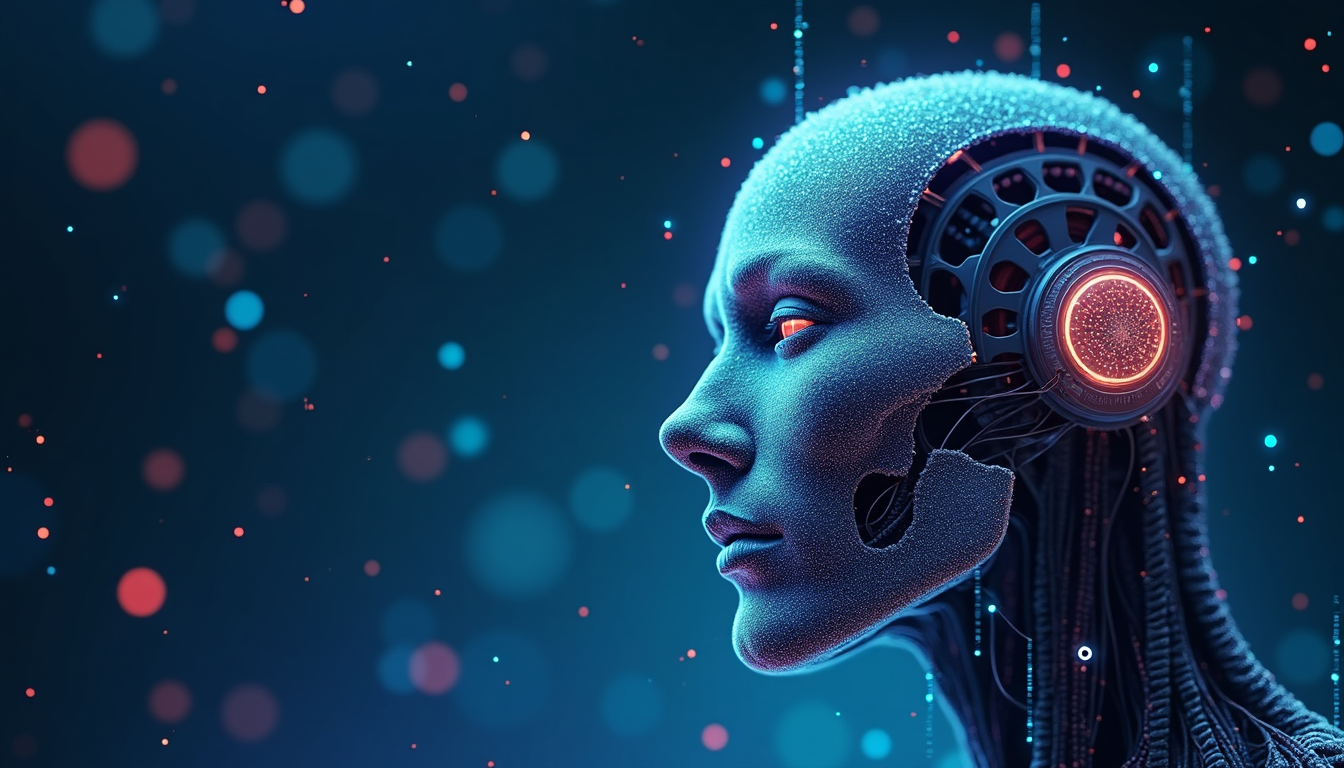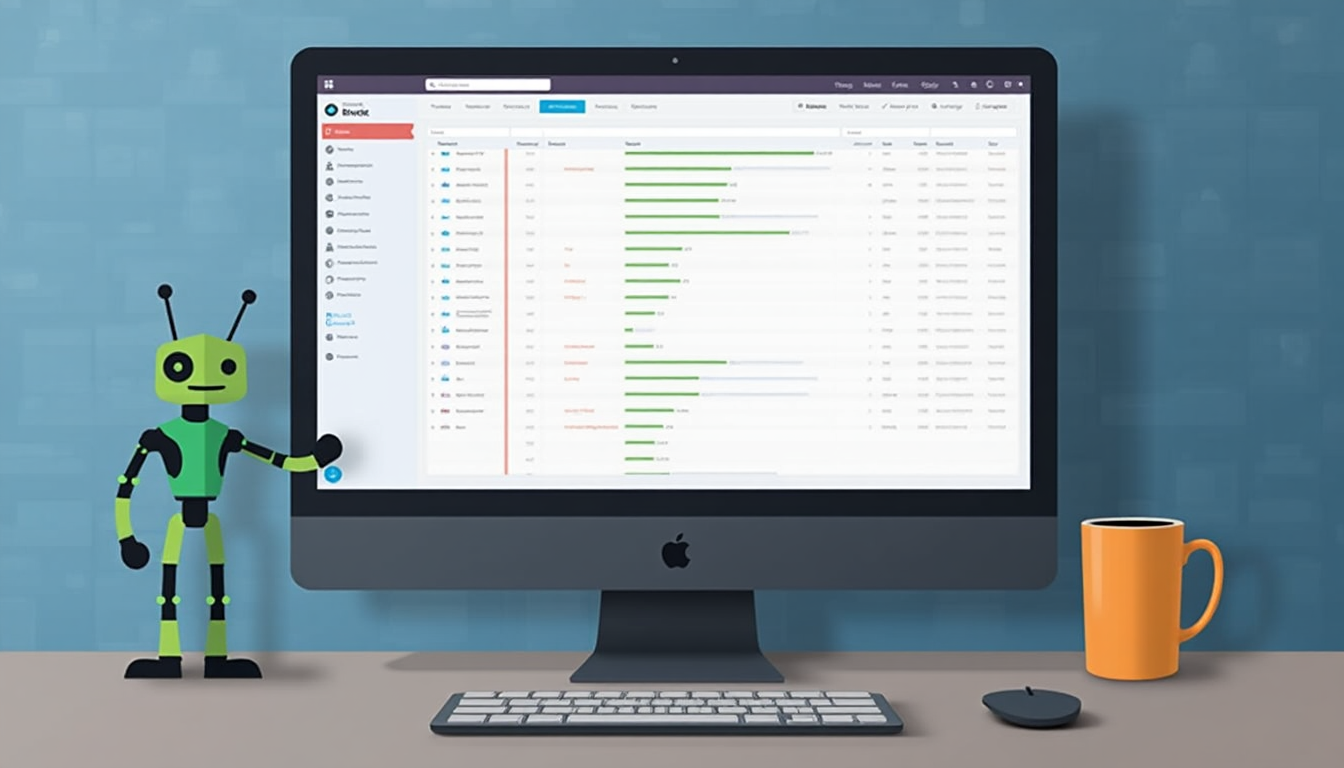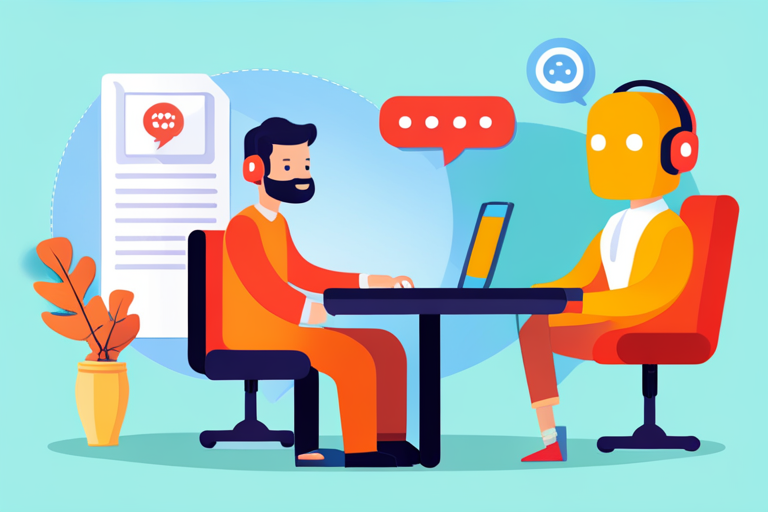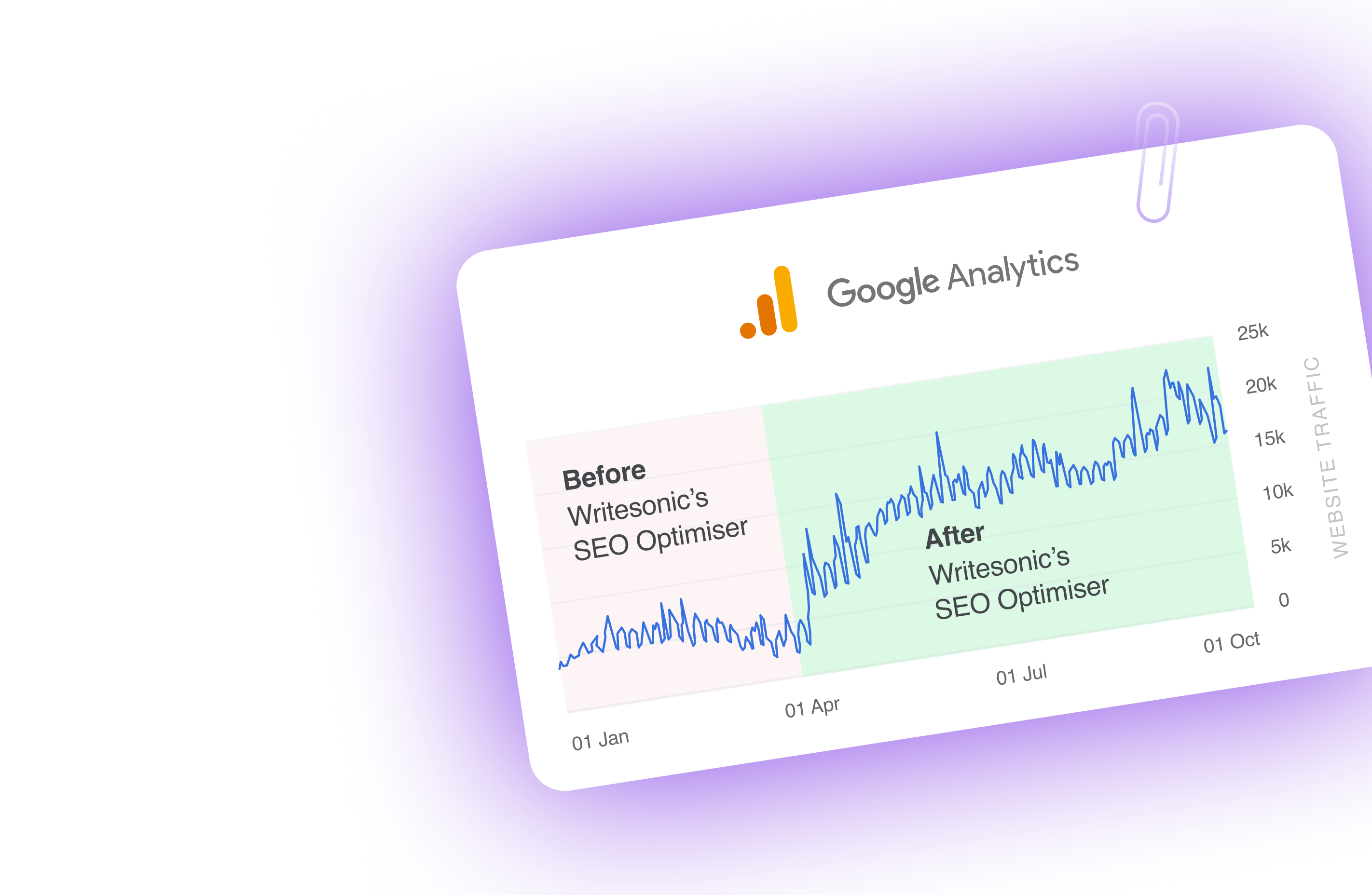In a move that’s sending ripples through the scientific community, Google Research has unveiled its latest groundbreaking innovation: the AI co-scientist. Built on the robust foundation of Gemini 2.0, this multi-agent AI system is poised to revolutionize the scientific discovery process. But what exactly does this mean for the future of research, and how could it potentially reshape industries far beyond the confines of the laboratory?
Diving Deep into the AI Co-Scientist
Picture having a tireless, infinitely knowledgeable research partner at your fingertips, available 24/7. That’s essentially what Google’s AI co-scientist promises to be. But let’s be clear – this isn’t just another fancy search engine or a glorified summarization tool. We’re talking about an AI system that can:
- Generate novel research hypotheses
- Create detailed research overviews
- Design experimental protocols
- Analyze complex datasets
- Propose innovative solutions to longstanding problems
All of this is accomplished through a coalition of specialized AI agents that mirror the scientific method itself. It’s like having a dream team of researchers working round the clock on your project, each bringing their unique expertise to the table!
The Nuts and Bolts
At its core, the AI co-scientist leverages advanced natural language processing and machine learning algorithms. It’s trained on vast amounts of scientific literature, experimental data, and research methodologies. But here’s where it gets really interesting – it doesn’t just regurgitate information. It can:
- Identify patterns and connections that might elude human researchers
- Generate hypotheses based on cross-disciplinary knowledge
- Simulate experiments and predict outcomes
- Adapt its approach based on feedback and new data
The Game-Changing Potential: Early Results That Will Blow Your Mind
Now, you might be thinking, “Sure, but can it really make a difference in the real world?” Well, buckle up, because the early results are nothing short of mind-blowing:
Drug Repurposing for Acute Myeloid Leukemia
The AI co-scientist didn’t just suggest novel drugs for treating acute myeloid leukemia – it hit the bullseye. Lab tests confirmed that these AI-proposed drugs actually work at clinically relevant concentrations. We’re talking about potentially fast-tracking treatments for a devastating disease that affects thousands each year.
The Process:
- The AI analyzed thousands of drug compounds and their molecular structures.
- It cross-referenced this data with known leukemia cell vulnerabilities.
- Using machine learning algorithms, it predicted which compounds might be most effective.
- Human researchers then tested these predictions in the lab, confirming the AI’s insights.
Breakthrough in Liver Fibrosis Treatment
In a stunning display of its capabilities, the AI co-scientist identified new targets for treating liver fibrosis. But it didn’t stop there – these targets showed significant anti-fibrotic activity in human hepatic organoids. In layman’s terms, it found new ways to potentially treat a serious liver condition that affects millions worldwide.
Key Insights:
- The AI analyzed complex cellular pathways involved in liver fibrosis.
- It identified previously overlooked proteins that play a crucial role in the disease process.
- By simulating different interventions, it predicted which approaches would be most effective.
- Human researchers then validated these predictions using cutting-edge organoid technology.
Predicting Antimicrobial Resistance Mechanisms
Here’s where it gets really mind-bending. The AI co-scientist independently proposed a mechanism for gene transfer in bacteria that had already been discovered (but not yet published) by human researchers. It’s like the AI caught up to years of painstaking research in a fraction of the time!
The Implications:
- This demonstrates the AI’s ability to make novel scientific discoveries independently.
- It suggests that the AI can potentially predict future scientific breakthroughs.
- The speed at which it arrived at this conclusion could dramatically accelerate research timelines.
What This Means for the Future of Science and Beyond
The implications of this technology are staggering, to say the least. We’re looking at a future where:
- Accelerated Discovery Becomes the Norm: What used to take years could now be accomplished in months or even weeks. Imagine the impact on fields like cancer research or climate science!
- Interdisciplinary Breakthroughs Flourish: The AI can connect dots across various fields that human researchers might miss. We could see solutions to complex problems emerging from unexpected combinations of disciplines.
- Democratized Research Takes Center Stage: Smaller labs and institutions could now punch above their weight class with this AI assistant. It’s like giving every researcher a superpower!
- Personalized Medicine Advances Rapidly: By analyzing vast amounts of genetic and clinical data, the AI could help tailor treatments to individual patients with unprecedented precision.
- Resource Allocation Becomes More Efficient: The AI could help prioritize the most promising research directions, potentially saving billions in research funding.
The Human Touch: Still Irreplaceable
Before you start worrying about AI replacing scientists (and planning your career change), take a deep breath. Google emphasizes that the AI co-scientist is a collaborative tool, designed to augment human ingenuity, not replace it. Here’s why the human element remains crucial:
- Creativity and Intuition: While AI can process vast amounts of data, human scientists bring creativity and intuition that can lead to unexpected breakthroughs.
- Ethical Considerations: Humans are essential for navigating the complex ethical landscape of scientific research.
- Contextual Understanding: Scientists provide real-world context that helps guide the AI’s focus and interpret its results.
- Experimental Design: While the AI can suggest protocols, human expertise is crucial for fine-tuning experimental designs.
- Peer Review and Validation: The scientific community’s rigorous peer review process remains a cornerstone of credible research.
The system thrives on interaction with human experts, who provide feedback, guidance, and the all-important “sanity check” on the AI’s proposals.
Beyond the Lab: Industry Applications That Will Blow Your Mind
While the focus is currently on scientific and biomedical research, the potential applications in other fields are mind-boggling:
Marketing and Consumer Behavior
- Trend Prediction: The AI could analyze vast amounts of social media data, economic indicators, and cultural shifts to predict emerging consumer trends with uncanny accuracy.
- Personalized Campaigns: By processing individual consumer data, the AI could design hyper-personalized marketing campaigns that resonate on a deeply individual level.
- Product Development: The system could identify unmet consumer needs and suggest innovative product features before consumers even realize they want them.
Finance and Investment
- Risk Assessment: By analyzing global economic data, news events, and market trends, the AI could predict market fluctuations and identify potential risks with unprecedented accuracy.
- Algorithmic Trading: The system could develop sophisticated trading algorithms that adapt in real-time to market conditions.
- Fraud Detection: By recognizing subtle patterns in transaction data, the AI could revolutionize fraud detection and prevention.
Environmental Science and Climate Change
- Climate Modeling: The AI could process vast amounts of climate data to create more accurate predictive models and suggest targeted interventions.
- Sustainable Technology: By analyzing materials science data, the system could propose novel materials for renewable energy or carbon capture.
- Ecosystem Management: The AI could model complex ecosystems and suggest balanced approaches to conservation and resource management.
Education and Personalized Learning
- Adaptive Curricula: The AI could analyze individual learning patterns and design personalized educational pathways for students.
- Content Creation: It could generate engaging educational content tailored to different learning styles and difficulty levels.
- Early Intervention: By recognizing subtle patterns in student performance data, the AI could identify potential learning difficulties early on.
The Road Ahead: Responsible Innovation
Google is taking a measured approach to this powerful technology, opening up access through a Trusted Tester Program. This cautious rollout demonstrates their commitment to responsible AI development. Key considerations include:
- Data Privacy: Ensuring that sensitive research data is protected and used ethically.
- Bias Mitigation: Continuously monitoring and addressing potential biases in the AI’s training data and outputs.
- Transparency: Providing clear explanations of how the AI arrives at its conclusions.
- Collaboration: Fostering partnerships between AI developers, scientists, and ethicists to guide the technology’s evolution.
Source: Google
Conclusion: Embracing the AI-Powered Future of Discovery
The AI co-scientist represents more than just a technological advancement – it’s a quantum leap in how we approach complex problems and generate new ideas. It’s not just about faster research; it’s about unlocking human potential in ways we’ve never imagined before.
As we stand on the brink of this new era, tools like the AI co-scientist remind us of the incredible power of combining human creativity with artificial intelligence. For those looking to harness AI in their own content creation process, platforms like Writesonic.com offer a taste of this collaborative future. While not as specialized as Google’s scientific marvel, such tools demonstrate how AI can amplify our creative and analytical capabilities across various domains.
The future of discovery is here, and it’s a partnership between human ingenuity and artificial intelligence. Are you ready to embrace this new frontier and revolutionize your field? Try Writesonic today!



